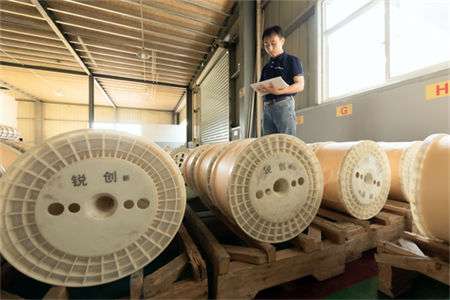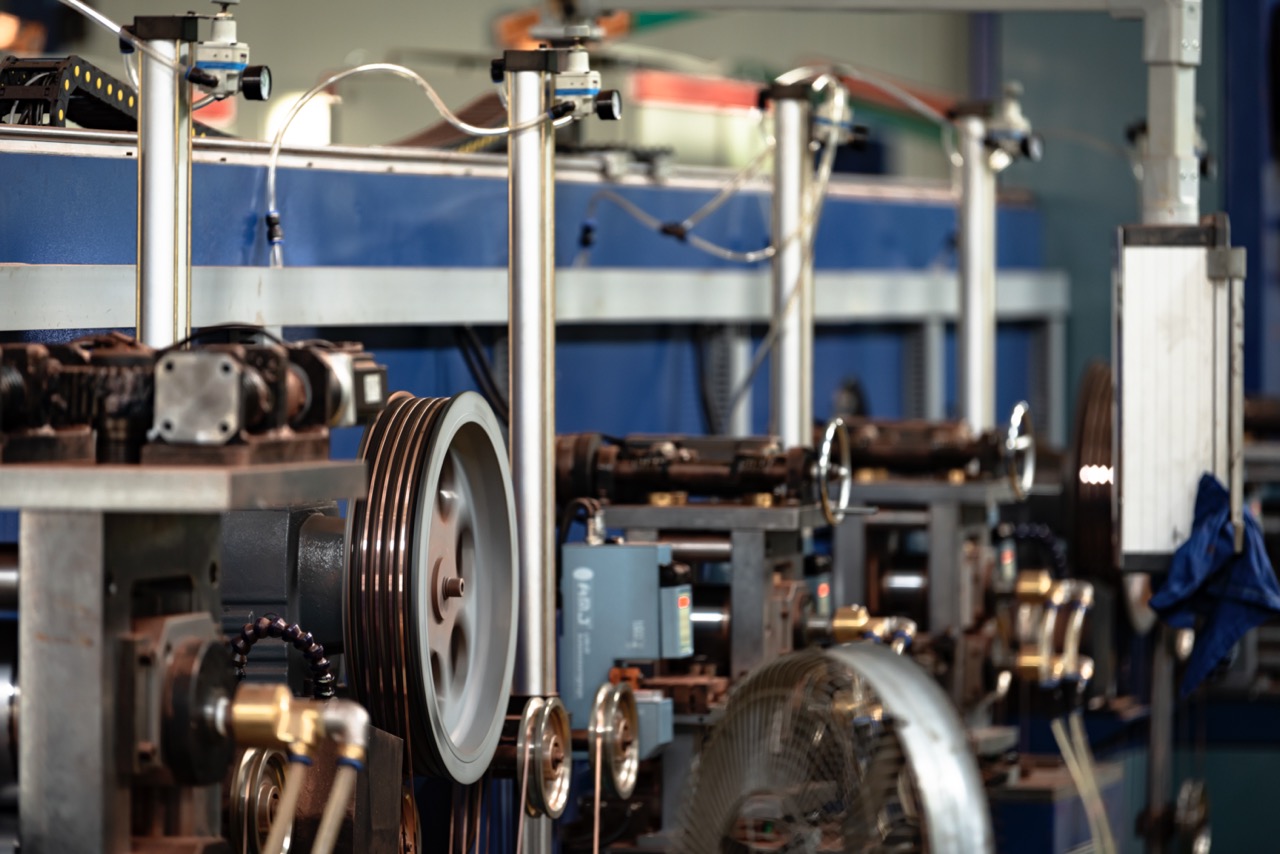Small-sized copper strips are needed by many companies in production, and the production of small-sized copper strips also has certain requirements for the copper materials used, mainly the following requirements:
What are the requirements for copper materials?
High purity:
The purity of copper should be above 99.9%, and the impurity content should be minimized to ensure excellent conductivity and ductility.
Good electrical conductivity:
The electrical conductivity of copper should meet the standard to ensure that the electrical conductivity of the final product meets the application requirements.
Antioxidant properties:
Choose low-oxygen copper or oxygen-free copper to reduce oxidation during processing and use.
Good ductility:
Copper materials should have good ductility to facilitate forming during rolling and subsequent processing and avoid breakage.
Homogeneous microstructure:
The copper structure should be uniform and segregation should be avoided to ensure consistency during processing.

Production process of small size copper strip using copper materials
Raw material preparation:
Select appropriate high-purity copper material and clean the surface to remove oxides and impurities.
Cutting:
Cut the copper material into appropriate initial sizes for subsequent rolling.
Hot Rolled:
Preliminary hot rolling is carried out at high temperature to reduce the thickness of the copper material and improve its internal structure.
Cold Rolling:
The copper strip after hot rolling is cold rolled to gradually reach the required thickness and width. The rolling speed and pressure need to be controlled during the cold rolling process.
Annealing treatment:
The cold rolled copper strip is annealed to eliminate internal stress and improve its flexibility, usually in a protective atmosphere to prevent oxidation.
Precision rolling:
The thickness and width of the copper strip are further adjusted through multiple passes of precision rolling, and the surface finish is ensured.
Surface treatment:
Polishing, cleaning or coating with a protective layer can be performed to enhance the corrosion resistance and aesthetics of the copper strip.
Cutting and forming:
The rolled copper strip is cut into required specifications and the edges are processed to ensure smooth cut edges.
Quality Inspection:
The finished products are subjected to a series of quality tests, including size, thickness, conductivity, surface quality, etc., to ensure that the products meet the standards.
Packaging and storage:
Qualified copper tapes are protected and packaged and stored in a suitable environment to avoid moisture and oxidation.
Summarize
The production of small-sized copper strips requires the use of high-purity, high-conductivity and anti-oxidation copper materials. The production process includes raw material preparation, rolling, annealing, surface treatment, etc. Each step must be strictly controlled to ensure that the quality of the final product meets industry standards and customer needs.
